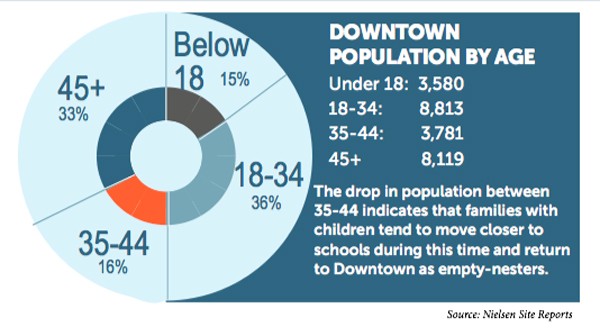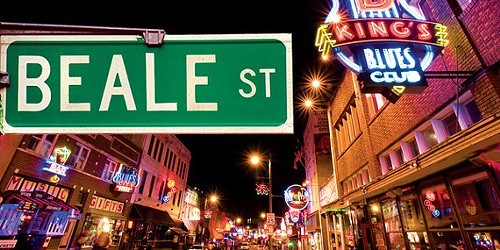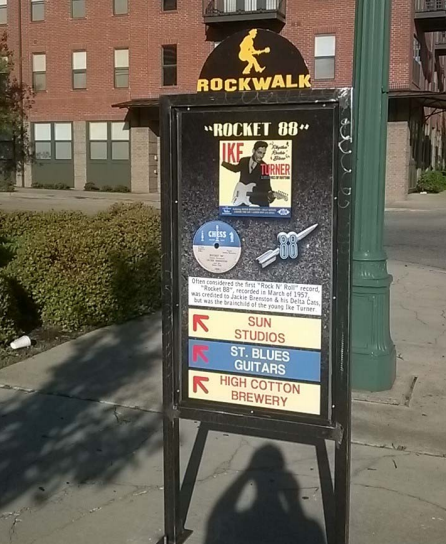Most Memphians likely drive under downtown’s old railroad underpasses without giving the structures a second thought.
But the Downtown Memphis Commission (DMC) has been giving those century-old underpasses a lot of thought lately. The DMC and the Henry Turley Company are working together to revitalize the dark and dreary spaces under a couple of old bridges in the South Main Arts District.
Art for the project was discussed and approved at a meeting of the DMC’s Design Review Board last week. The project is being funded by the DMC’s Center City Development Corporation.
The goal is to introduce art under the bridges to promote pedestrian traffic and add vibrancy to the South Main area. While there are a number of underpasses in and around the South Main area, two were identified as being in need of the most work. Those underpasses are along Florida Street and South Main Street, both near Carolina Avenue. In the report for the project, they are described as “dark, dirty, unpleasant, and [they] discourage walking and biking in the area.”
The project began in April with a clean-up of the area around the bridges. The city chipped in and helped to clean the dirt and remove debris in the walkways. Another part of the process involved removing a section of unused road bed.
The DMC installed lights under the bridges so they would seem less threatening to pedestrians and bikers. The decision was made to use standard lights that were not flashy or colorful. Currently, the lights are installed, but they haven’t been turned on yet. For the Florida Street underpass, a section of steel on the top was removed, allowing more natural light and air to come in.
The DMC is now ready for the more aesthetic phase of the project. Artist Anthony Lee has designed two mural mock-ups for the underpasses per the DMC’s specifications. The Florida Street underpass will have vignettes, 12 feet by 12 feet, of South Main people and Memphis places, such as Piggly Wiggly and the Orpheum.
The South Main Street underpass will have a more abstract vibe. Using the square recesses in the concrete as the “canvas,” artists will paint each side of the tunnel differently to create a parallax effect as you go through it. It will look different depending on which side of the tunnel you are going though, and bright colors and shapes will add some pop.
Lee has agreed to use only up to six colors per underpass, so upkeep will be less complicated. Special paint will be used that’s supposed to stand up to direct sunlight for 20 years. Measures will also be taken to protect the works from graffiti and other damages, such as moisture.
With new apartment and condo complexes going in around South Main and increased foot traffic due to the ever-growing number of attractions and restaurants in the area, the DMC expects the project to make an impact.
“[Memphis] is where I’m from,” Lee said. “This isn’t my first time doing stuff downtown and with the Turley company. I’m just eager to get to work.”
 Toby Sells
Toby Sells 
 Dreamstime.com
Dreamstime.com  Bianca Phillips
Bianca Phillips  Downtown Memphis Commission
Downtown Memphis Commission  Downtown Memphis Commission
Downtown Memphis Commission  Downtown Memphis Commission
Downtown Memphis Commission  Downtown Memphis Commission
Downtown Memphis Commission 

